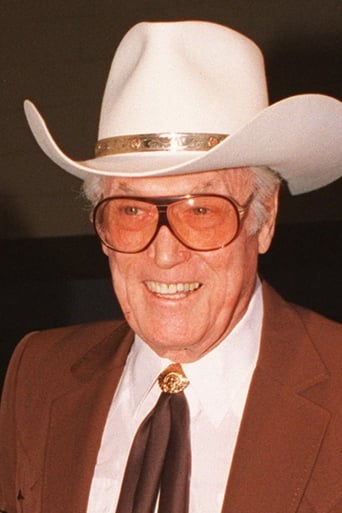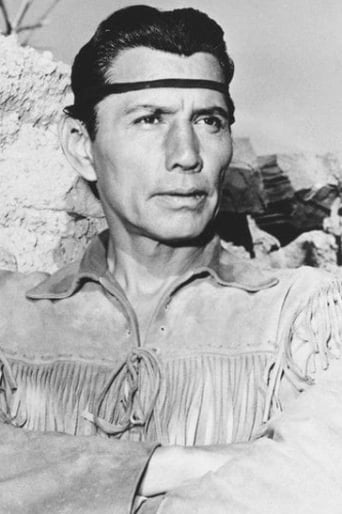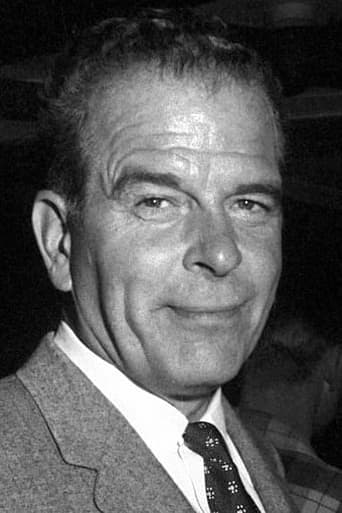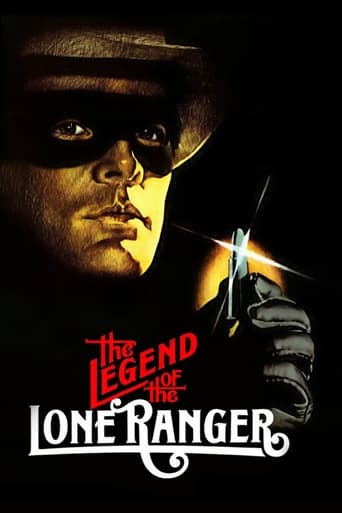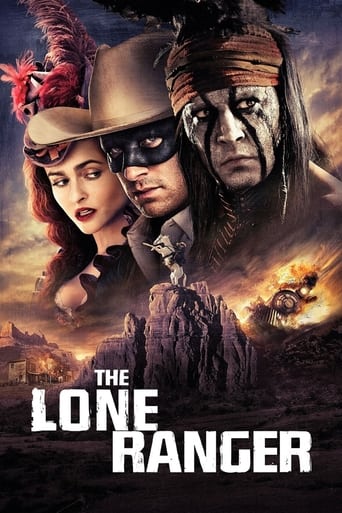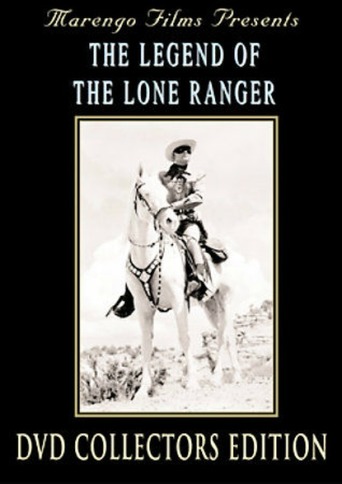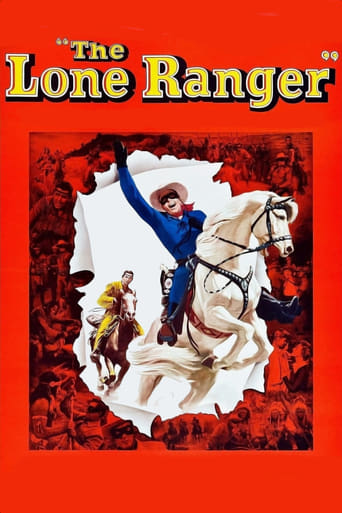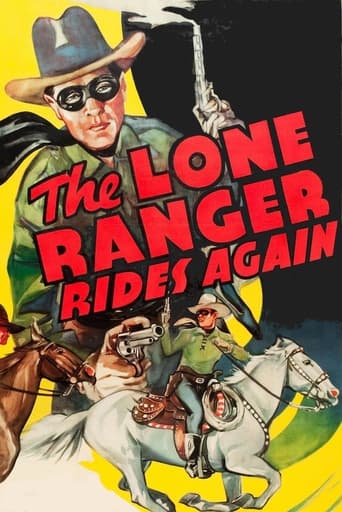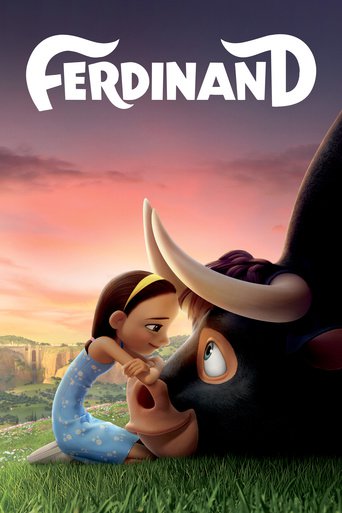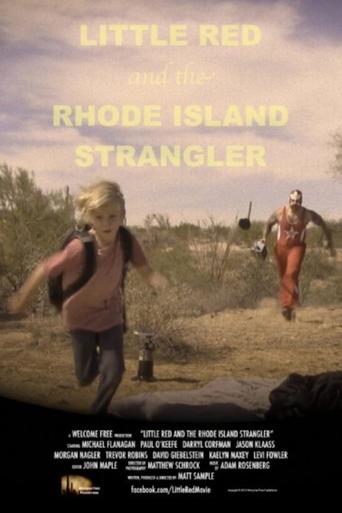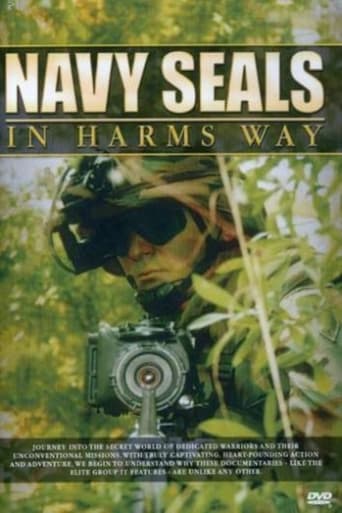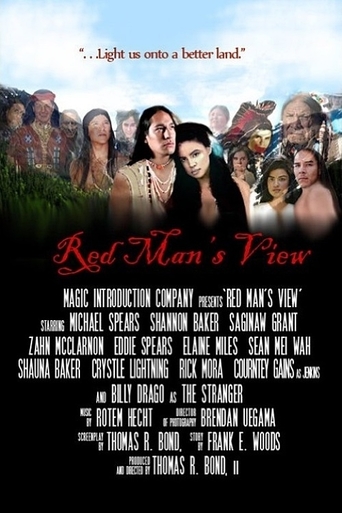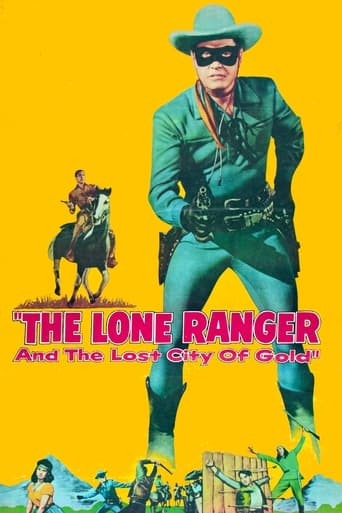

The Lone Ranger and the Lost City of Gold (1958)
Three Indians were brutally murdered by a gang of hooded outlaws. Each one possessed a silver medallion, which were sections cut off from a large silver plaque which served as a treasure map to a secret location where a large amount of gold is reputedly stashed. Two more medallions are unaccounted for, and the The Lone Ranger and his friend Tonto must use all their resources to intercept the gang, prevent further carnage and save the owners of the medallions.
Watch Trailer
Cast


Similar titles
Reviews
Very best movie i ever watch
It's entirely possible that sending the audience out feeling lousy was intentional
The thing I enjoyed most about the film is the fact that it doesn't shy away from being a super-sized-cliche;
The film's masterful storytelling did its job. The message was clear. No need to overdo.
Like "My Pal Trigger", "The Lone Ranger and the Lost City of Gold" is a kiddie Western far better than it has any right to be. It isn't as good as "Trigger" (which Roy Rogers said was his favorite among all his films), but "Lost City" won't (much) offend the taste of adults watching it. Indeed, they'll almost certainly enjoy the adult elements.It's far superior to the series, which was decidedly simple-minded and formulaic. Tonto is fully the Masked Man's equal, taking a major role in events. Indeed, the story is respectful to aboriginals, and makes explicit the hatred and violence they were subjected to.The biggest surprise comes when the town's doctor "comes out of the tepee" (sorry!) and reveals he's part Injun! The town's fat, vicious sheriff does not like that at all, and when Tonto speaks up in defense of the doctor, the loyal companion takes a bullet for his trouble.This is a surprisingly violent film, with the Masked Man (who normally shoots only to disarm) killing at least one bad'un. The chief villain is a woman (which presumably plays on little boys' hatred of girls). When it's time to do away with her no-longer-useful co-conspirator, she does it by throwing a largish tomahawk across the room! It imbeds itself in the guy's back, and he falls to the ground in front of the Masked Man. It's a delightfully gory (and Goreyish) moment one does not expect in a kiddie film.I'm a Herrmann/Goldsmith fan, so when I praise the outstanding score -- by Les Baxter -- you know I mean it. It's good even by the standards of A films, and largely sidesteps the clichés of B Westerns. And when Baxter needs something "primitive-exotic", he (naturally) steals from Stravinsky. Someone should arrange a concert suite of the best parts -- it's //that// good.Oh, they //do// find the Lost City of Gold, the Cibola of legend. It's not geologically plausible, but who cares?
A fitting and bravura end to the team of Clayton Moore and Jay Silverheels as the West's most exciting vigilante team (Zorro worked alone). From the initial concept, the coupling of a White Man and an Indian as faithful companions set the stage for a coming together of the races and respect for the Native American.This Lone Ranger movie takes it to the logical and presents a story here that is provocative and ahead of its time, especially for the impressionable youth market. This cannot be overstated. Our Heroes are just that. They have a quality that is remarkable, commendable, and a Mythos that will endure forever.This movie is a wonderful experience. A colorful, action filled, Western that has an elevated script, some penetrating violence, and characters that are believable, with a depth of behavior found only in the better Westerns of the time. This final outing retires the beloved duo and is quite an accomplishment from all involved. This can proudly be revisited by generations to come as the Lone Ranger rides again and can exemplify the "better Angels of our nature" for all ages.
The Lone Ranger was one of my childhood heroes, and I never missed a chance to catch his adventures on Saturday morning re-runs during the mid 1950's. Somehow however, this film got by me until I had a chance to catch it today courtesy of my local library. I was struck by a number of elements during the story, as right from the start, you have a new Lone Ranger theme song before you hear the traditional opening used on the TV show. The adventure uses Tonto (Jay Silverheels) in a nicely expanded role, even though he takes his share of lumps throughout, getting beat up and shot more than once. Perhaps most interesting of all, the Ranger actually shoots to kill in a couple of situations, putting his character at odds with the vision created for the TV series that he would never use his weapon to kill, only to wound or to protect himself and others. Aside from that, you have a fairly traditional Western adventure. The Ranger and Tonto come to the aid of an Indian tribe whose members are being murdered by hooded raiders attempting to track down five medallions that together, form the key to a fabulous treasure. Interestingly, the leader of the bad guys is an already wealthy woman, disarmingly portrayed by Noreen Nash. Her top henchman is played by Douglas Kennedy, and it was no surprise to see Lane Bradford as one of the baddies. Bradford's character was one of the men shot by the Lone Ranger, which got me to thinking how many times that might have happened in the TV series. A quick check revealed that he appeared in 'The Lone Ranger' show fifteen times, while Kennedy appeared a total of six times. What might be most interesting of all about the picture is it's attempt to portray Indians in a revisionist light at a time when TV and movie Westerns were still largely portraying the red man as an illiterate savage. The character of Dr. James Rolfe (Norman Fredric) is the most revealing in that regard; he's an Indian who attained an education and went on to become a doctor, returning to the land of his tribe to tend to the needs of all it's citizens. For purposes of the story, he had to impersonate a white man to be accepted by the local ranchers. This was the hardest thing for me to accept about the story line actually, as Dr. Rolfe was the grandson of the elderly Chief Tomache (John Miljan). That no one in the story except Paviva (Lisa Montell) knew that he was really an Indian was something of a stretch for me. I suppose it was possible that he left the tribe at an early age, but without that back story fleshed out, it didn't make sense to me that no one else from the tribe would know who he was.I don't know why I'm intrigued by this so much, but after watching and reviewing over two hundred Westerns on this site, I've suddenly come across three films in the past month that utilize a blanket pull gimmick like the one performed by Tonto's horse Scout in this picture. Roy Rogers' Trigger did a similar stunt in 1952's "Son of Paleface", and I caught it again in 1958's "The Big Country" by a horse named Old Thunder in that flick. It's done as a bit of comic relief in a situation that wouldn't normally come up for a horse, and it now makes me curious when the bit might have been first done. I'll have to keep watching more old time Westerns. Not to be outdone, Silver had a chance to shine in the picture as well, making the save of an Indian baby that was about to be used as a hostage by bad guy Brady.Speaking of gimmicks, Clayton Moore borrowed a tactic from the TV series when he donned a disguise as a Southern gentleman to smoke out the villains posing as the hooded raiders. Whenever he would do so in the half hour format, it was always clever enough to hide his real features, usually with a beard as done here. One of the more interesting episodes I recall had to do with the Ranger impersonating an actor in the guise of Abraham Lincoln.Keep an eye out for a couple of goofs I spotted along the way. In an early scene at the opening, an Indian is shot by one of the hooded raiders, and in a close up, there's blood on his shirt but no bullet hole. Later on in the story, Ross Brady and Wilson ride up on the Indians after they've kidnapped one of the villains out of jail. Brady shoots him from a standing position to prevent him from identifying the raiders, but is immediately shown about to make his getaway on horseback with Wilson.
"The Lone Ranger and the Lost City of Gold" was the second of two features made in the 50s starring Clayton Moore as The Lone Ranger and Jay Silverheels as Tonto. Based on the long running TV series, this film was also produced in color by Jack Wrather. As in the previous entry, there is an excellent cast of veteran western performers. The "lost city" of the title is an old Spanish city of gold hidden away on Indian tribal lands. There is a five piece amulet that when assembled, will show the location of the treasure. The holders of the various pieces begin to turn up murdered by a gang of hooded riders and its up to our heroes to save the day. The baddies are led by Fran Henderson (Noreen Nash) whose chief henchman Ross Brady (Douglas Kennedy) does all of the dirty work. Finally, there is only one missing piece. The Lone Ranger disguises himself as a southern gentleman bounty hunter in order to gain Henderson's confidence. The old Chief (John Miljan) laments for his missing grandson who turns out to be the town doctor (Norman Frederic). Finally, The Lone Ranger and Tonto sort things out and deal with the villains. In addition to those mentioned, Lisa Monteil appears as an Indian maiden, Ralph Moody as the Padre, Charles Watts as the corrupt sheriff and Lane Bradford and Bill Henry as Kennedy's henchmen. Clayton Moore had been around since the late 30s, appearing in many "B" westerns and starring in several serials. By the time this film was made, he had become so identified with the Lone Ranger, that he never made another feature film. Jay Silverheels similarly came up through the "B" movie ranks and appeared in several Universal westerns in the 50s and the Glenn Ford western "Santee" as late as 1973.


